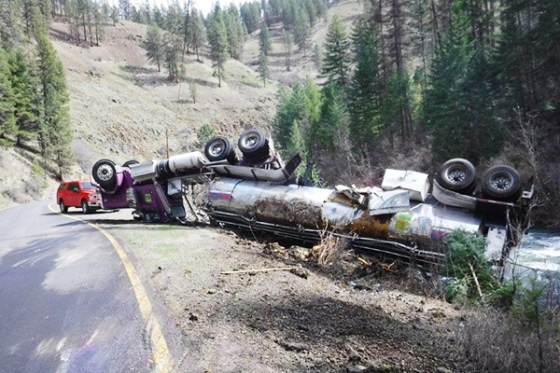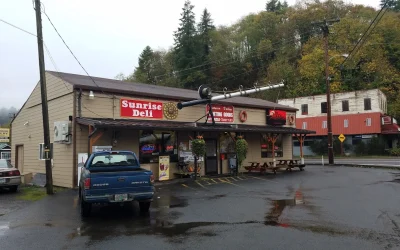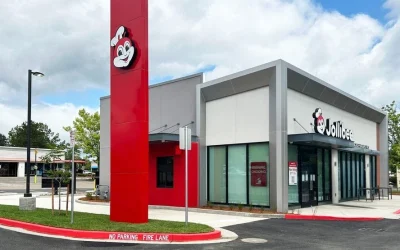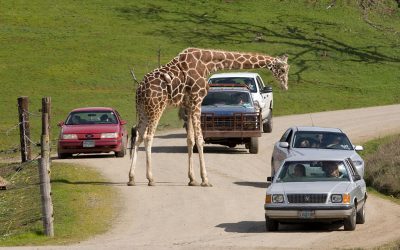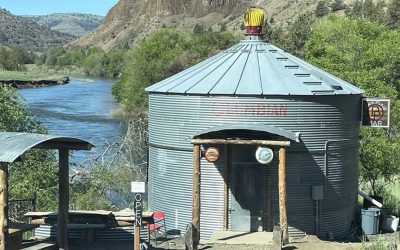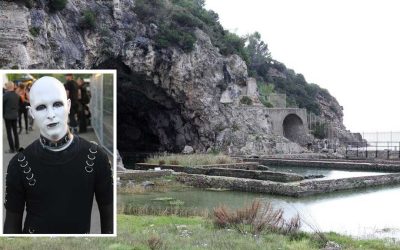In an extraordinary incident last Friday in Northeast Oregon, a 53-foot tanker met with an accident, resulting in over 100,000 live salmon being spilled. Miraculously, a majority of these fish found their way into a nearby creek, continuing their journey, as confirmed by the Oregon Department of Fish and Wildlife this Tuesday.
The tanker, which was transporting the salmon from the Lookingglass Hatchery, lost control at a sharp bend, leading to the spill. The driver, fortunately, emerged from the mishap with only minor injuries. The cleanup operation saw a collaborative effort from local hatchery staff, the Nez Perce tribe, and the Union County Sheriff's Office, showcasing a strong community response to the accident.
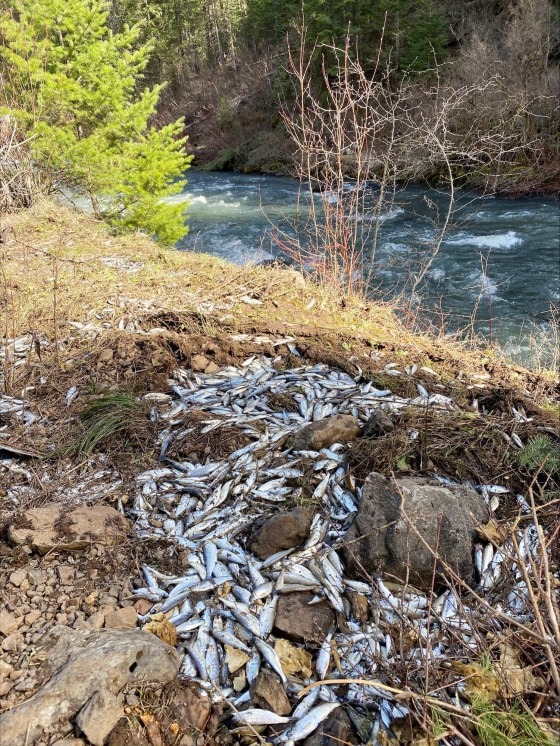
Andrew Gibbs, the ODFW's fish hatchery coordinator for Eastern Oregon, expressed relief that the driver, an ODFW employee, was not severely harmed. He assured that the incident wouldn't hinder future salmon stock collection or the hatchery's production objectives.
Out of the approximately 102,000 spring Chinook salmon juveniles spilled, about 77,000 managed to survive, reaching Lookingglass Creek, which flows into the Grande Ronde River. This unexpected turn of events resulted in a significant portion of the salmon, originally destined for a prepared habitat in the Imnaha River, adapting to a new environment. The spill constituted a loss of about 20% of the hatchery's annual release into the Imnaha River, aimed at bolstering the region's Chinook population for both tribal and recreational fishing.
The Lookingglass Hatchery, situated roughly 300 miles east of Portland, plays a crucial role among Oregon's 33 hatcheries in cultivating salmon stocks for various uses, including sustenance and sport. This incident highlights the unpredictability of transporting live animals and the resilience of nature, as well as the importance of community and professional preparedness in the face of unexpected events.

